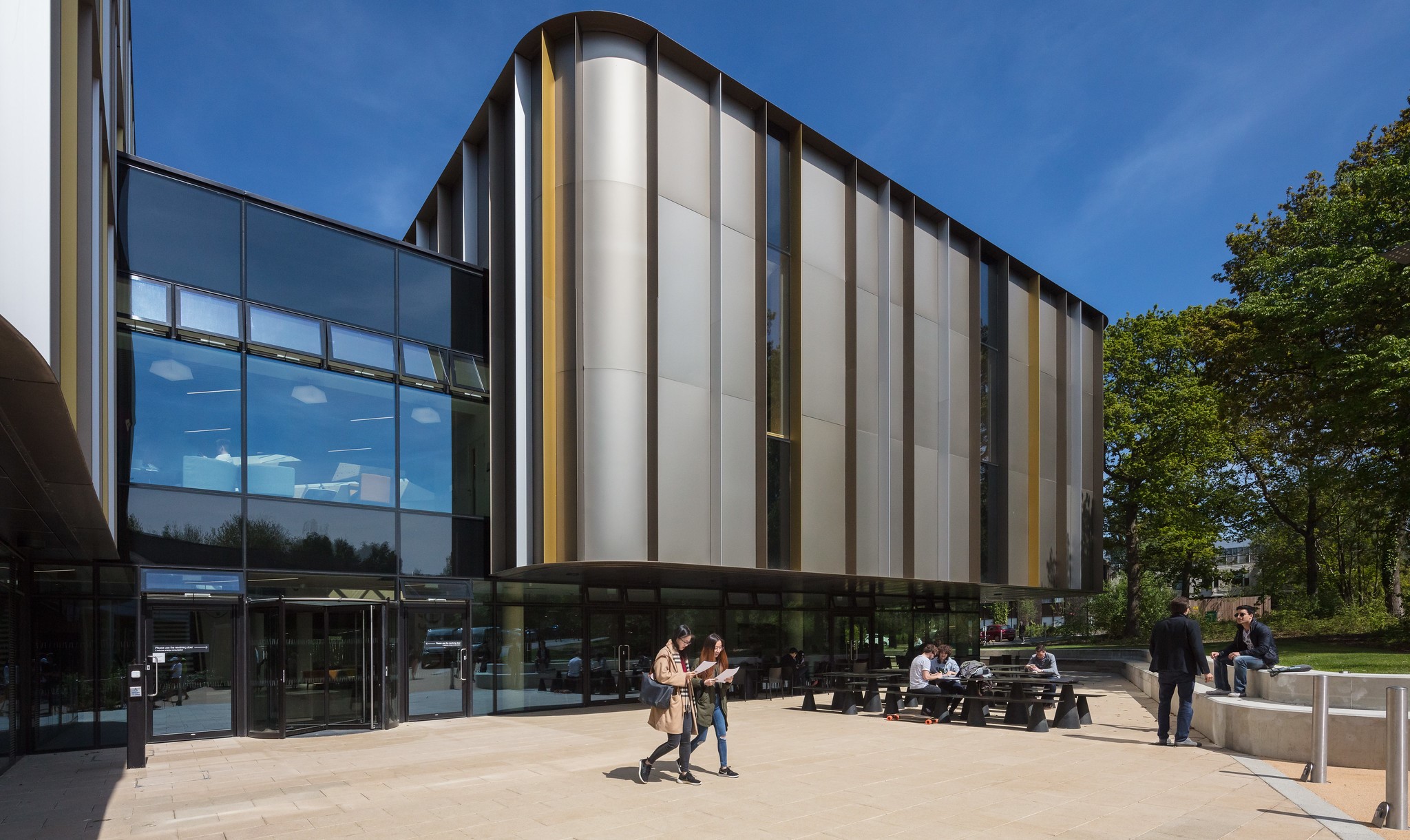For the first BIG Network meeting of 2015, and the second in the series, our business owner Network had chosen ‘Team’ as the theme. In choosing this theme the Network had spent time at the formation meeting exploring their aspirations and expectations for the day, a conversation that had continued since. These discussions had identified the following areas as warranting further inquiry and exploration:
- Team model(s)
- Forming & defining
- Ownership/contracting
- Reward & motivation
- Development (& succession)
- Systems/processes
However, as we came together to design the day we found ourselves asking; ‘when we talk about team, what is it that we really mean’?
Debating the detail behind the ‘team’ label
We were all well aware of models, exercises and interventions that you might often find on a ‘team’ workshop and we wanted, to first understand, what the theme meant to the Network participants and how could we best deliver value through the day and surrounding engagement. Through the course of our debate we found ourselves identifying with the ‘foundations of success for working together’ as our theme rather than ‘building a world class team’ which we had begun with.
The role of the leader and organisational boundaries in being at our best
We also felt that of key importance for the Network, all being owner managers, was the role of the leader in allowing people, in groups, and organisations (small, and large) to perform and work together at their best. We also wondered if the ‘team’ was limited by the organisational boundaries or if there were significant relationships that crossed those boundaries that could, or should be considered with the work that we were shaping.
Discussion ranged around the role of the leader, how it felt to be in a high performing team, what structures allowed for performance in working together and how, in SMEs that are growing, it is so important for people to ‘step up’ into new roles and responsibilities as the organisation develops.
What stood out for us?
Three key sections for the day emerged and these related to three of the BIG Ten lenses namely: The Systemiser, The Engager and The Delegator. We became very curious as to how these lenses interrelated, whether any lens had primacy, or even if it was right to pick out three lenses in particular as all of The BIG10 could be seen to have a relationship with our theme for the day.
The questions that drove our design for the day were:
- How should we design our organisations?
- How can we build productive working relationships?
- How do we delegate successfully?
So we set off to read, discuss and develop these into the key sections of the day, and we will explore each of these questions across the next three blogs. We then asked ourselves the question of who should lead the design for the day? A natural leader didn’t emerge for us. We worked together by leading elements of the design at different phases and stages, and brought this together for what proved to be a very successful and insightful piece of (team!) work. We intend to unpick how we achieved this further in the coming months through our BIG practitioner meetings. We hope you enjoy reading about team, and our future blogs.
The BIG Network provides a space for ambitious owner-managers to explore, challenge and resolve issues that are central to the sustainable success of their organisations. The network is led by its members and is prefaced on openness and honesty, mutual respect and confidentiality.
For further information on the BIG Network contact Dr Simon Raby on 01227 824740 or S.O.Raby@kent.ac.uk
